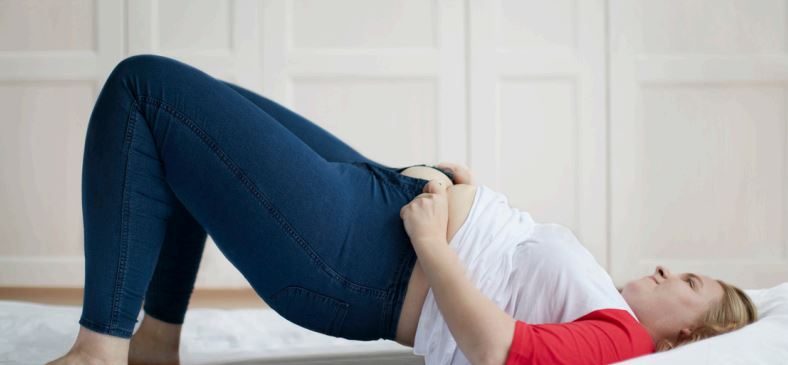February 22, 2018
Foam Rolling: The Sole Purpose Massage – Part 1
By Physiotherapist Mariam Mohyeddin
A patient recently asked me what my favourite piece of gym equipment was. Without hesitation, I instantly answered, “A foam roller of course!”
Foam rolling has become an increasingly popular tool used by physiotherapists, professional athletes and the wider general fitness population.
What is foam rolling?
Foam rolling is a self-myofascial release (self-massage) technique, performed using a foam roller over tight, restricted areas of the body. It mimics the effects of a deep tissue massage.
The classic foam roller is a 36-inch long cylindrical roll made of polyethylene, with a 6-inch diameter. This is well-suited for a beginner and for multipurpose use. A wide variety of specialty foam rollers are available, with varying lengths, densities and textures, for those more experienced with rolling (but that’s a discussion for another article).
So what does foam rolling actually do?
Although the scientific rationale is too complicated for the scope of this article, there are many theories which explain the physiological changes that occur during foam rolling.
Foam rolling is said to work on the myofascial system. Fascia is the connective tissue which surrounds your muscles. It contains mechanoreceptors and tends to become tight and stiff with repetitive movement and load, which in turn can cause pain and reduction in movement. When you foam roll you are essentially applying direct pressure of your body weight to those tight, restricted fascial areas; this helps “smooth over” and break down adhesions in the fascia, release trigger points and improve blood flow.
Why should I foam roll?
Research has shown that foam rolling reduces pain, and improves mobility, tissue flexibility (to a certain degree, in conjunction with other forms of stretching) and helps you recover faster after workouts.
While we are all guilty of looking for a quick fix, foam rolling is a fairly simple activity. It is relatively inexpensive and can be done, quite literally, anywhere. Here at the Osteopathic Health Centre, we are strong believers in self-care and management. Depending on the nature of your injury, foam rolling can help you maintain and strengthen the effects of your physiotherapy/osteopathy treatment(s).
Are there any health risks?
If applied correctly, there is no serious damage that can occur with foam rolling. However, it is always best to consult a relevant specialist before starting any such activity. One must be careful when rolling certain areas, such as the spine or glutes. Also, if you suffer from any neural sensitivity it is best to seek professional advice.
It is a misconception that foam rolling MUST hurt. While you may experience a degree of discomfort while foam rolling (bear in mind that you will be rolling over areas which have many receptors), it is definitely not a case of no pain no gain.
If you are a beginner, I would suggest consulting a physiotherapist, osteopath or personal trainer, in order to obtain the best results from foam rolling.
Stay tuned for Part II of this series: How to use a foam roller effectively, and its different uses. And hopefully take this as a great opportunity to get things rolling!










